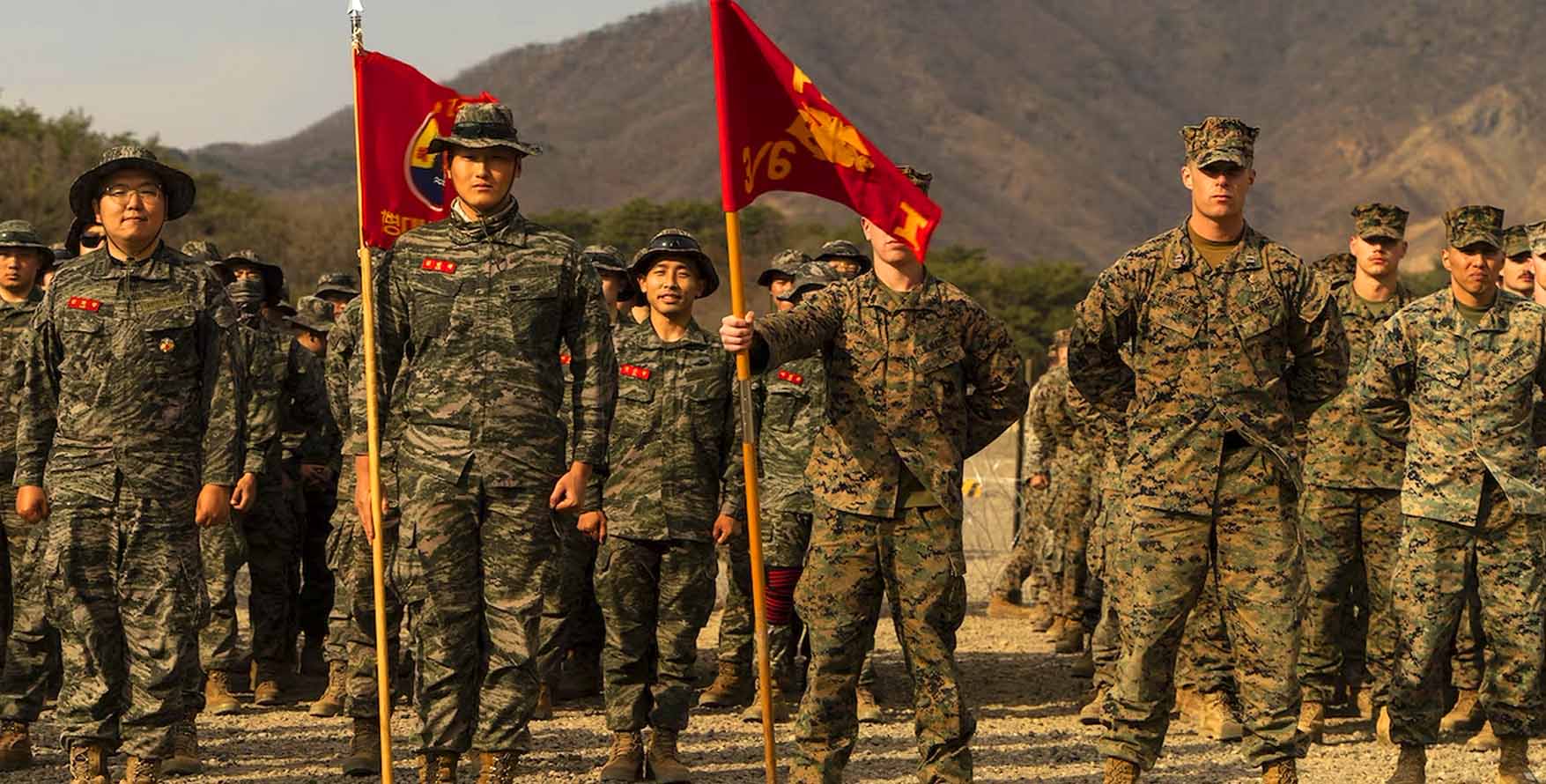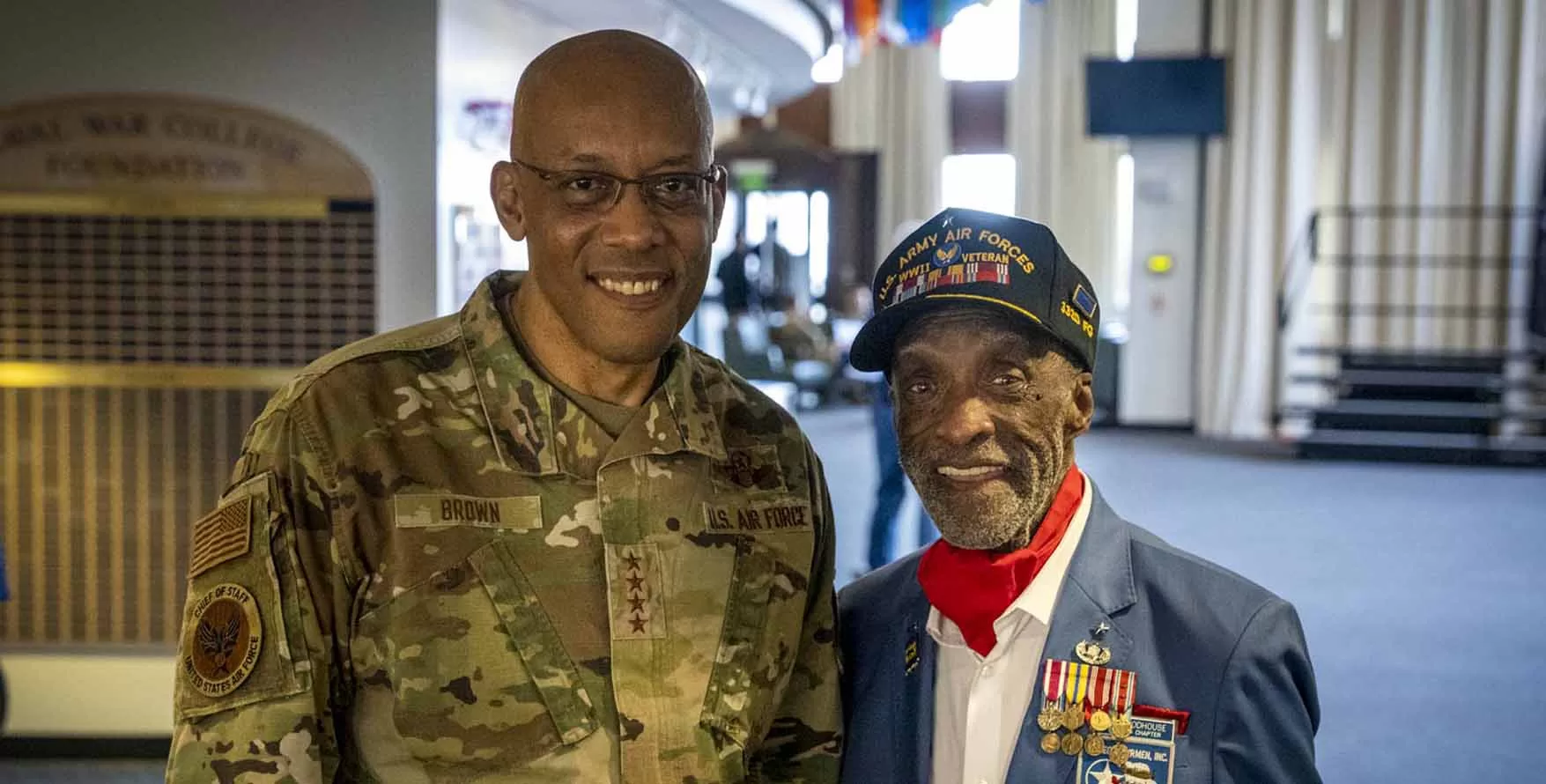“Kachi Kapshida” – the Korean phrase that encapsulates the enduring bond between the U.S. and South Korea, translates to “We go together”. It mirrors the profound alliance between the two nations, particularly on the military front.
The Korean Peninsula is a testament to this solidarity, where over 28,000 U.S. service members currently work shoulder-to-shoulder with their South Korean counterparts. After seven decades, these words “We go together” symbolize more than just camaraderie; they epitomize a resilient partnership and an unwavering pledge to jointly navigate pressing global issues.
Reflecting on the Growth of U.S.-South Korea Alliance
The relationship between the U.S. and South Korea has seen consistent strengthening over the past seventy years. In a recent statement, U.S. President Joe Biden welcomed South Korean President Yoon Suk Yeol to commemorate the 70th anniversary of their alliance. He acknowledged the growth in cooperation, commitment, and partnership, painting a picture of a future filled with boundless opportunities.
“Nothing is beyond our ability to reach when our nations and our people stand united,” he declared.
Tracing Back the Roots of Alliance
The partnership between these two nations took its root amidst the rubble of the Korean War. On June 25, 1950, North Korean forces, backed by China and Soviet Union, crossed the 38th parallel, marking the beginning of the conflict. To combat this aggression, the United Nations Security Council formed a multinational force, with the U.S. contributing the majority of the troops.
The Price of Freedom
Over 33,000 U.S. troops paid the ultimate sacrifice, and over 103,000 were injured, while fighting until the Korean Armistice of July 27, 1953. Honoring their sacrifices, President Yoon iterated, “The ROK-U.S. alliance was forged in blood as a result of our fight for freedom,” during his official visit to the White House.
A Treaty, Not Just an Agreement
Post-Armistice, the U.S. and South Korea signed a Mutual Defense Treaty. This treaty is the cornerstone of the alliance, with the U.S. promising to aid South Korea in case of an attack and maintaining a continuous presence of land, air, and sea forces on the peninsula.
Ongoing Collaboration and Joint Initiatives
The U.S. remains South Korea’s principal defense partner, regularly conducting large-scale, combined exercises to enhance joint operability and deter regional provocations. Additionally, South Korea holds the Major Non-NATO Ally status with the U.S., further cementing their relationship.
The Combined Forces Command and Beyond
In 1978, the U.S. and South Korea formalized the Combined Forces Command (CFC), designed to provide a coordinated defense against potential aggression from the North. Since its inception, CFC has conducted major field training and command post exercises to keep its forces ready.
Facing Ongoing Challenges Together
Despite ongoing threats from North Korea and those undermining the rules-based international order, the U.S.’s commitment to South Korea remains “ironclad,” according to U.S. Secretary of Defense Lloyd J. Austin III.
The Washington Declaration
During President Yoon’s recent visit to Washington, the two countries took fresh measures to reinforce the U.S.-South Korean defense alliance, in response to escalating nuclear threats from North Korea. The newly released “Washington Declaration” marks a significant commitment towards deeper dialogues, information sharing, and strengthening nuclear deterrence efforts on the Korean Peninsula.
Closing Thoughts
The U.S.-South Korea alliance is an exemplar of enduring partnership and unity. As President Biden reiterated during the recent meeting with President Yoon, “As our troops say, who still proudly serve together in the ROK to this day: ‘We go together'”. And indeed, the alliance continues to echo the refrain, shaping the future of U.S. and South Korean relations.
Source: U.S. Dept. of Defense





